Host-Pathogen Interactions: Genetics, Immunology and Physiology
The interactions between a host and parasite are one phenomena which can be observed at the genetic level. Specifically, in host parasite system there are evolutionary forces which specifically act at synonymous codon positions. In this book, it is demonstrated that host specific viral genomes can optimize codon usage to successfully parasitize their preferred host. Such mechanisms could well-explain the host specificity of some virus families and their specificity of disease transmission. In addition, the authors present some mathematical models of host-virus interaction that were developed to explore the role of various components involved in the host response to porcine reproductive and respiratory syndrome (PRRS) virus infection identified by molecular studies. Moreover, entomopathogenic mechanisms are widely used as alternatives to chemicals for the biological control of insects. The authors examine the mechanisms of the parasite-host interaction, together with the knowledge of insect immunity, which could represent a starting point to design new strategies alternative to the use of chemical pesticides. Furthermore, tuberculosis, one of the world's oldest diseases, has currently reached a pandemic prevalence. In this book, some of the strategies employed by M. tuberculosis in order to survive within the hostile environment of the macrophage are discussed. A detailed analysis of the molecular basis of host-pathogen interactions will unravel novel mechanisms and might contribute to finding novel approaches to treat and combat tuberculosis.
{{comment.content}}
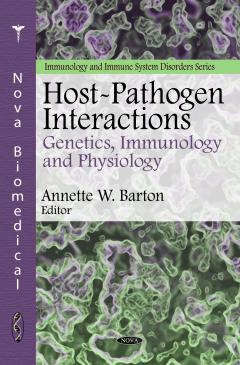
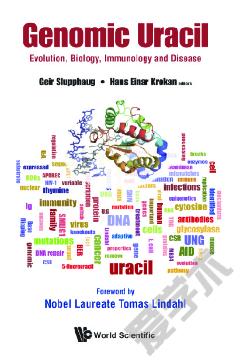

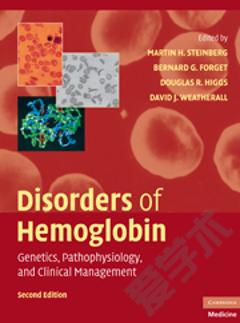
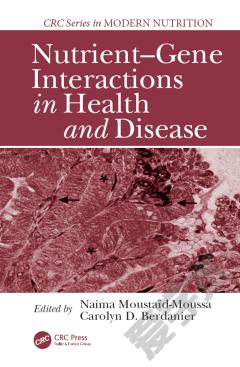
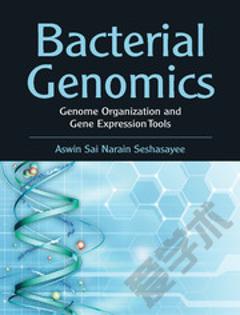


 京公网安备 11010802027623号
京公网安备 11010802027623号